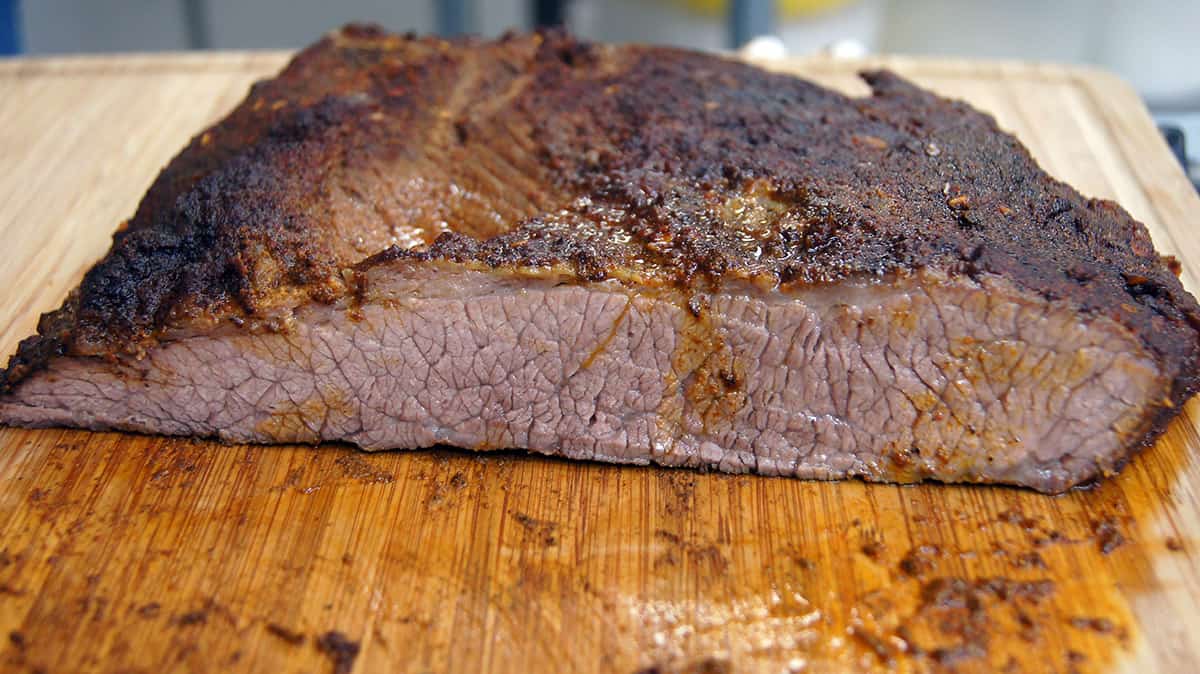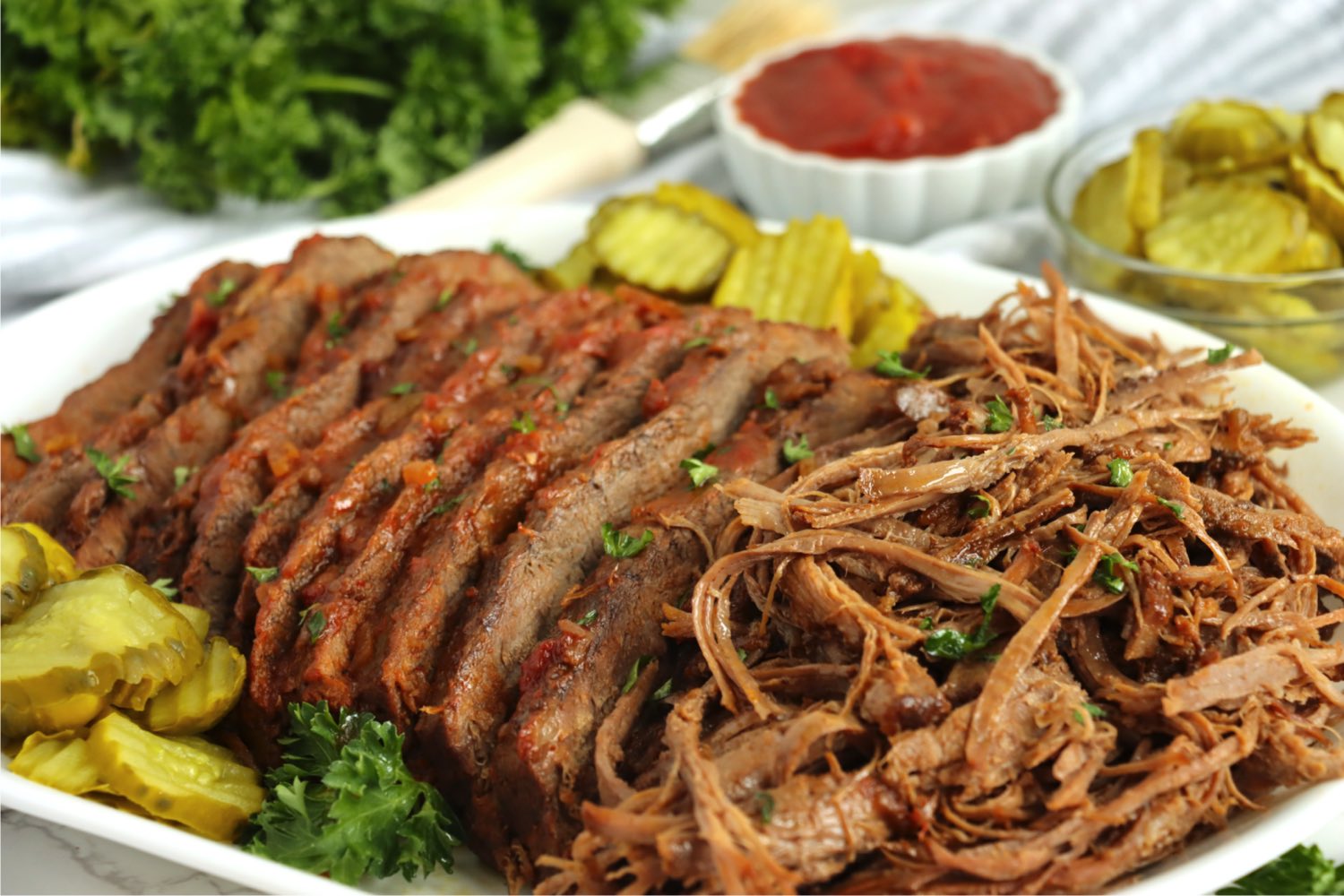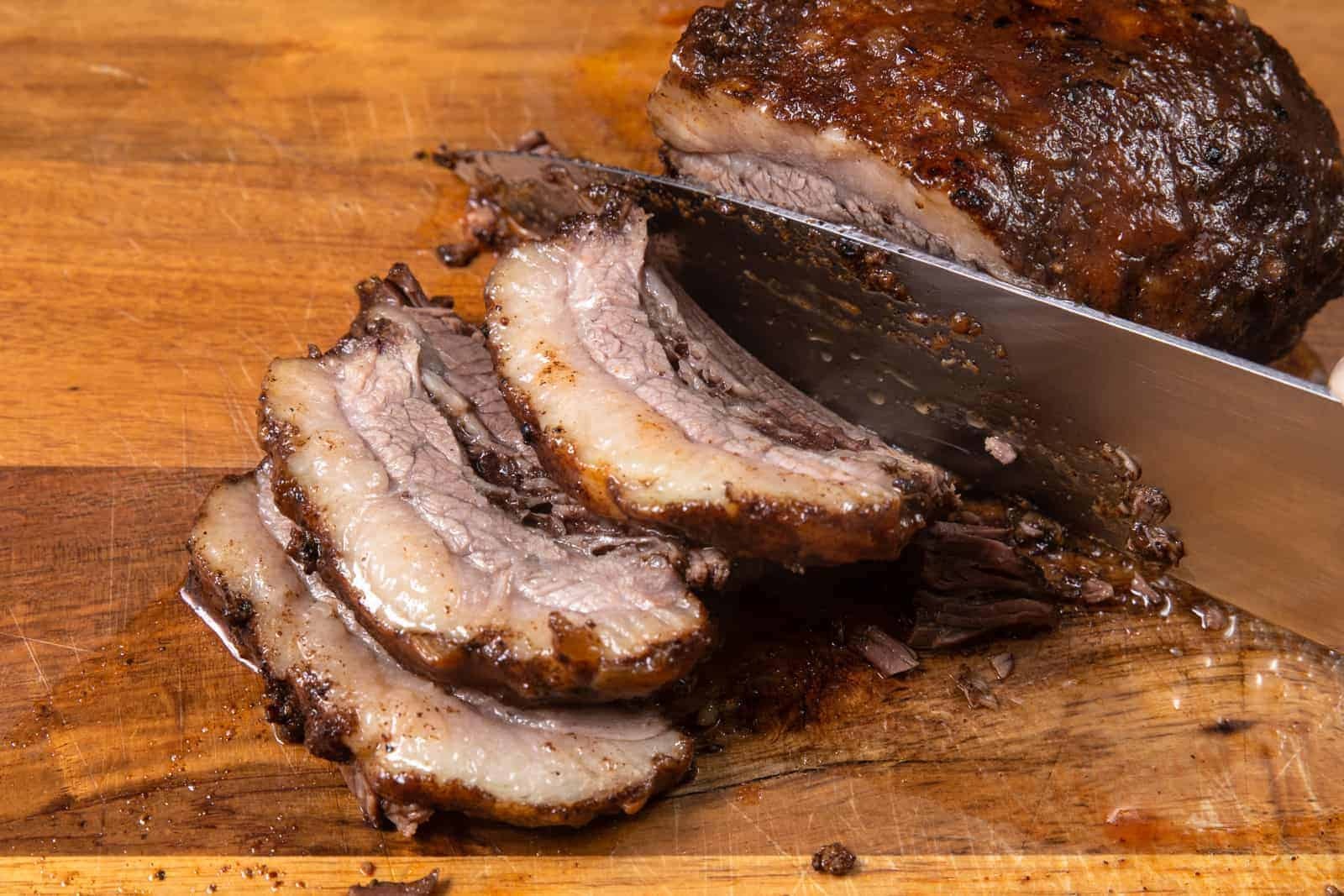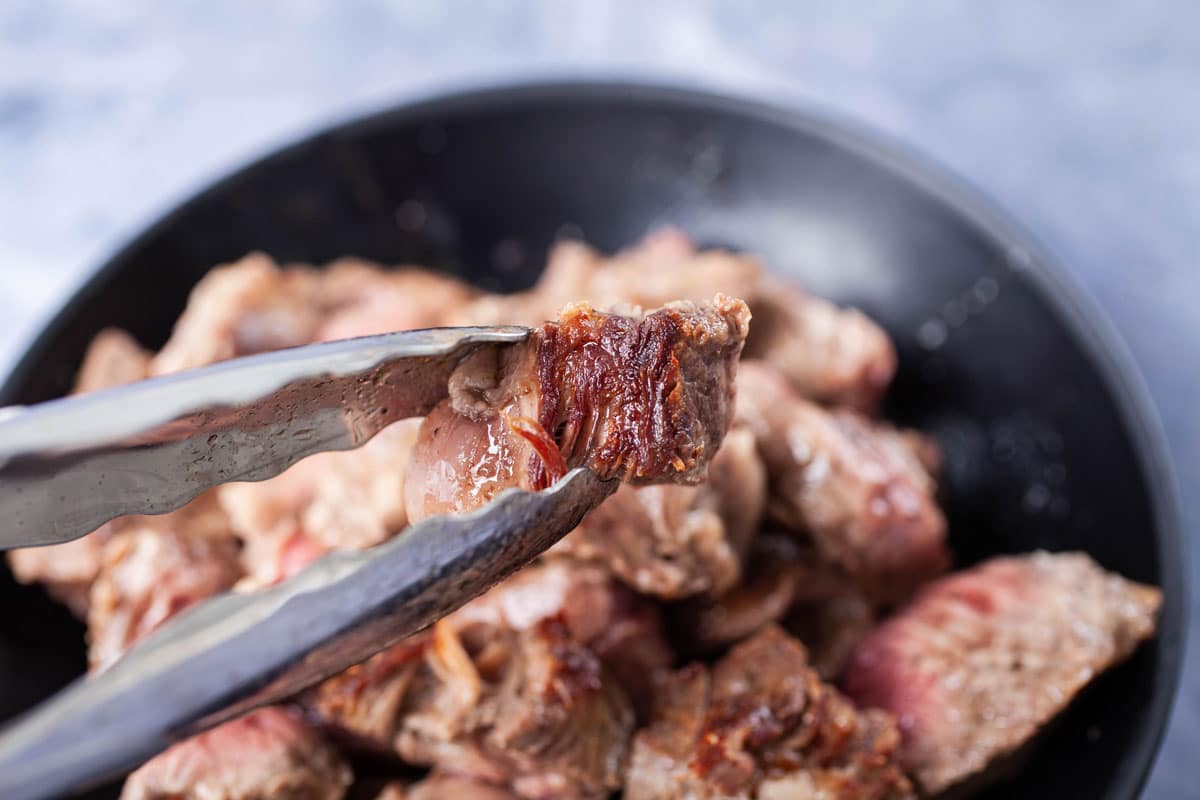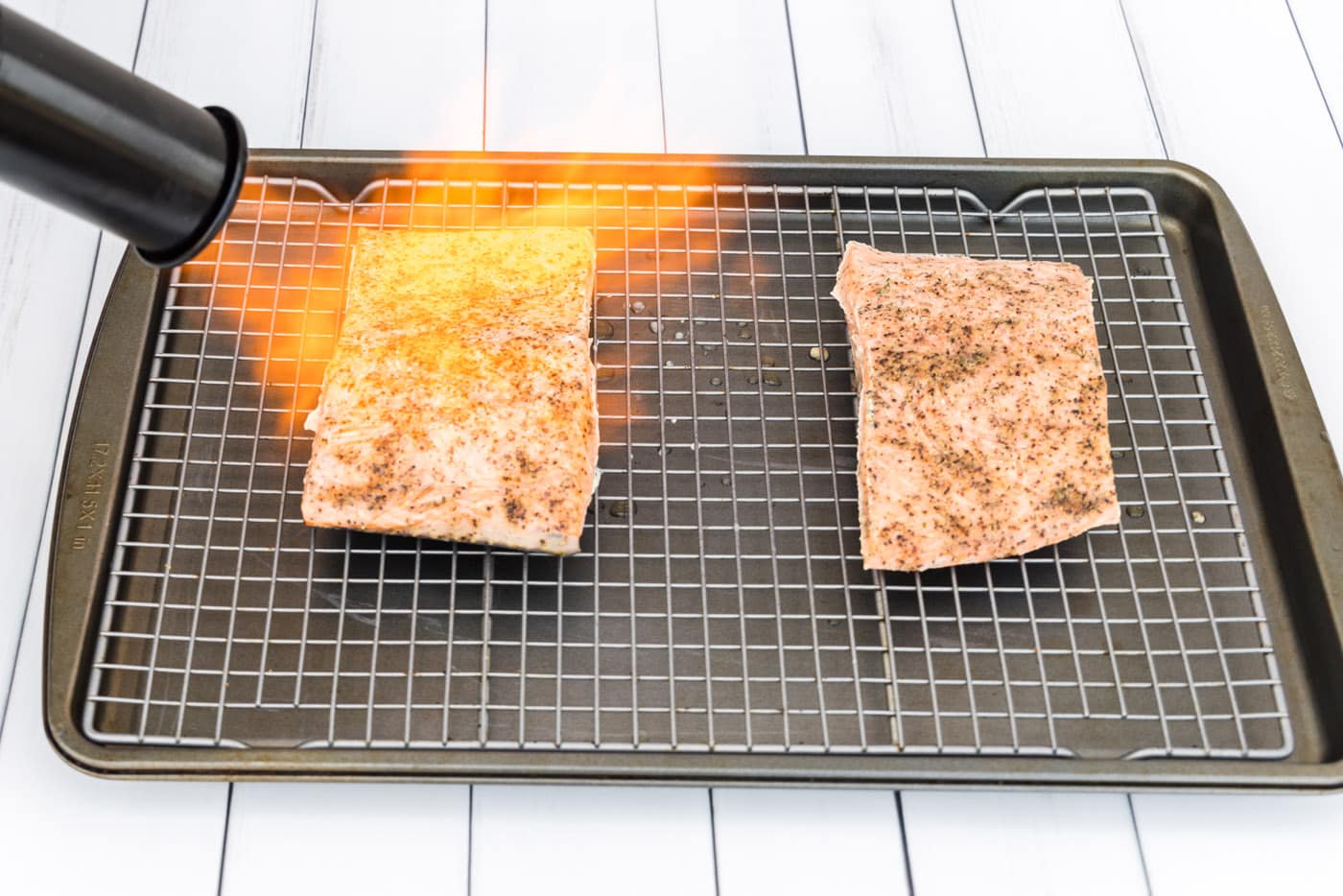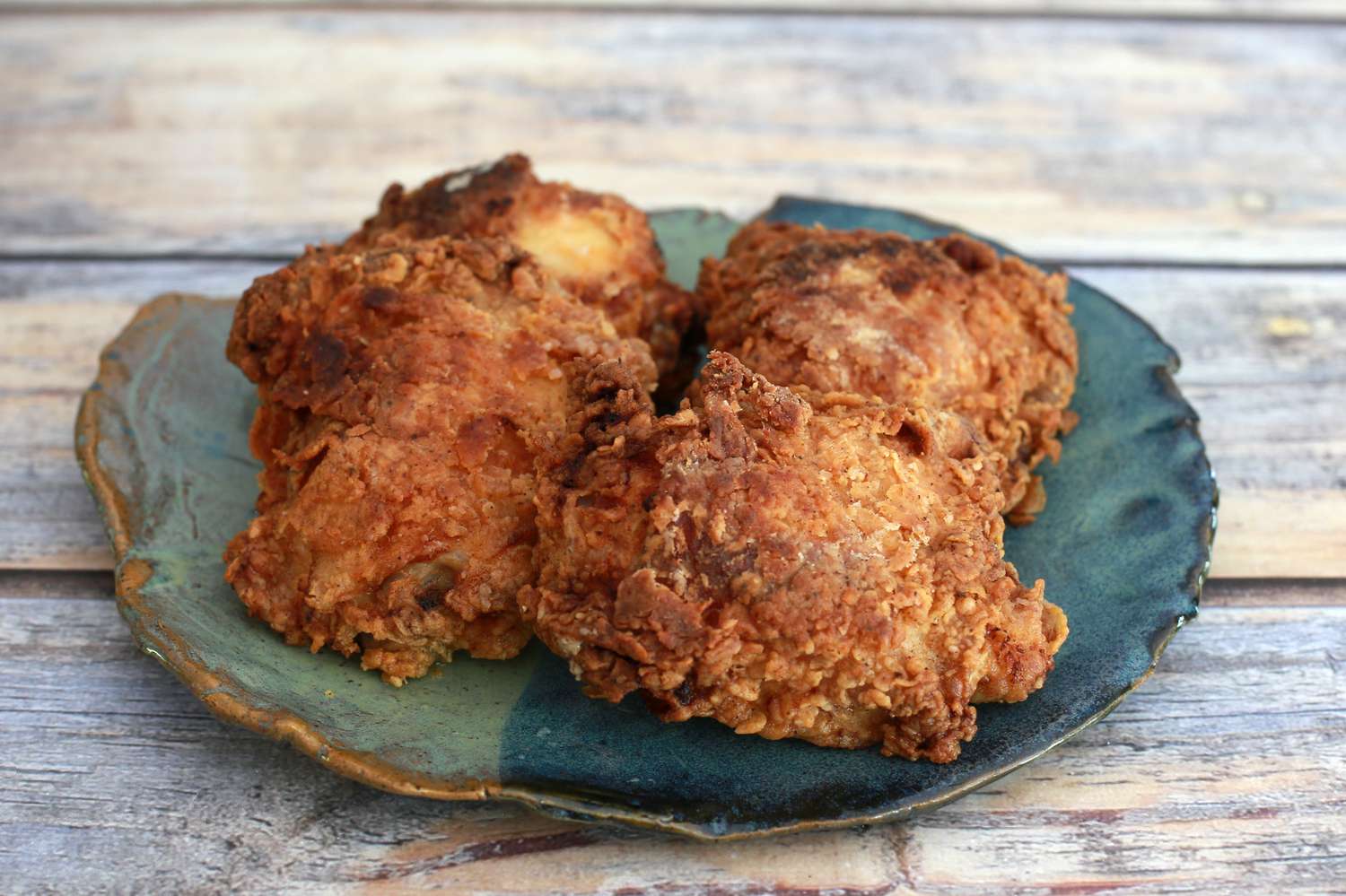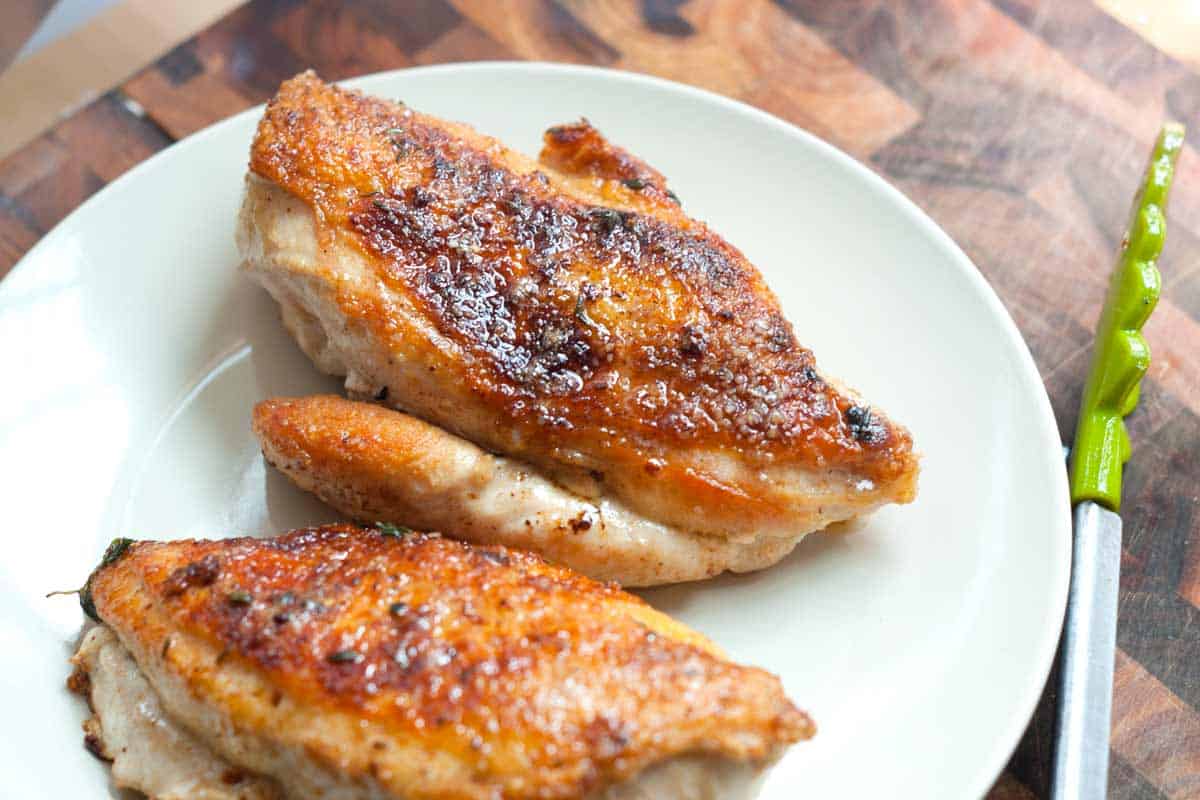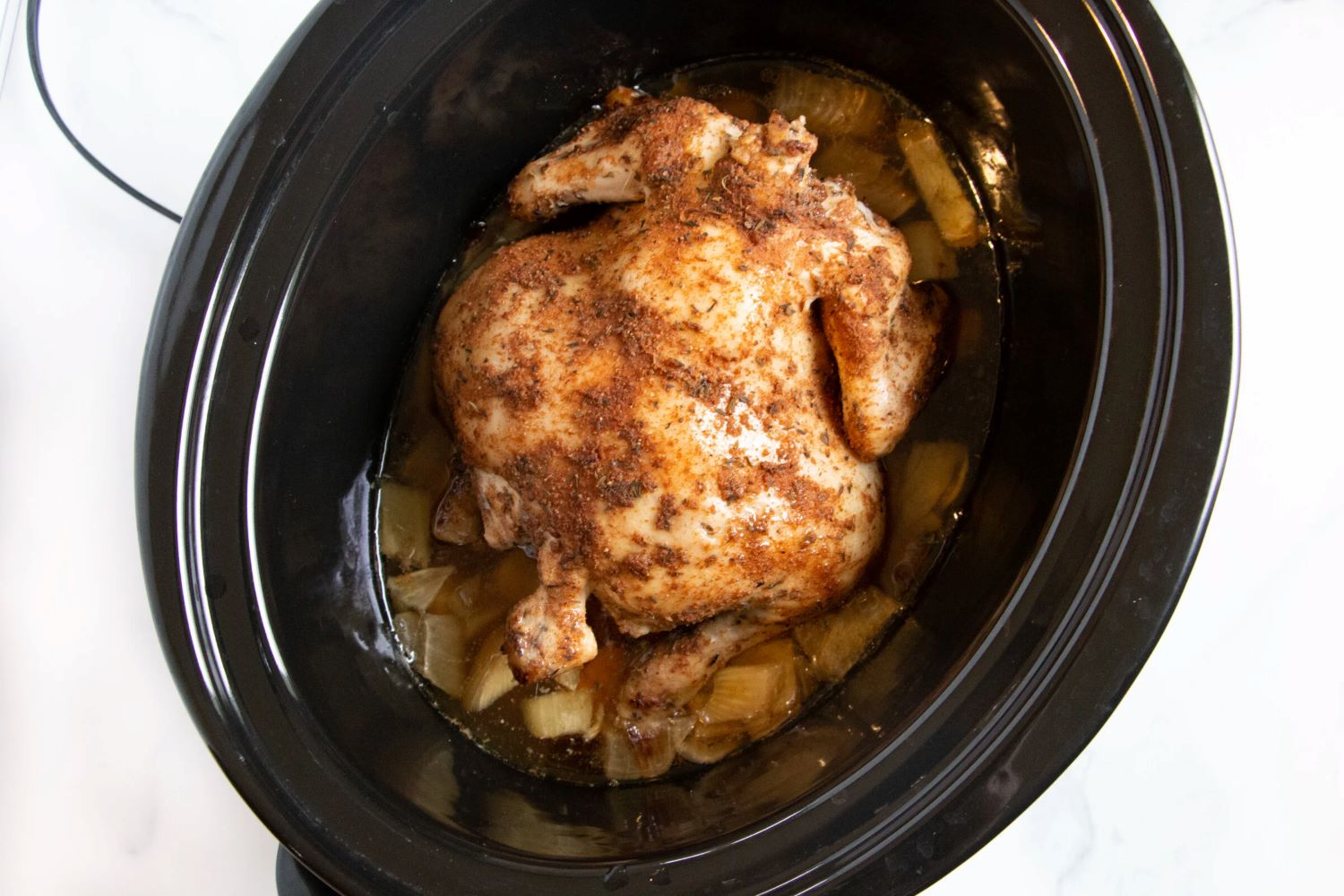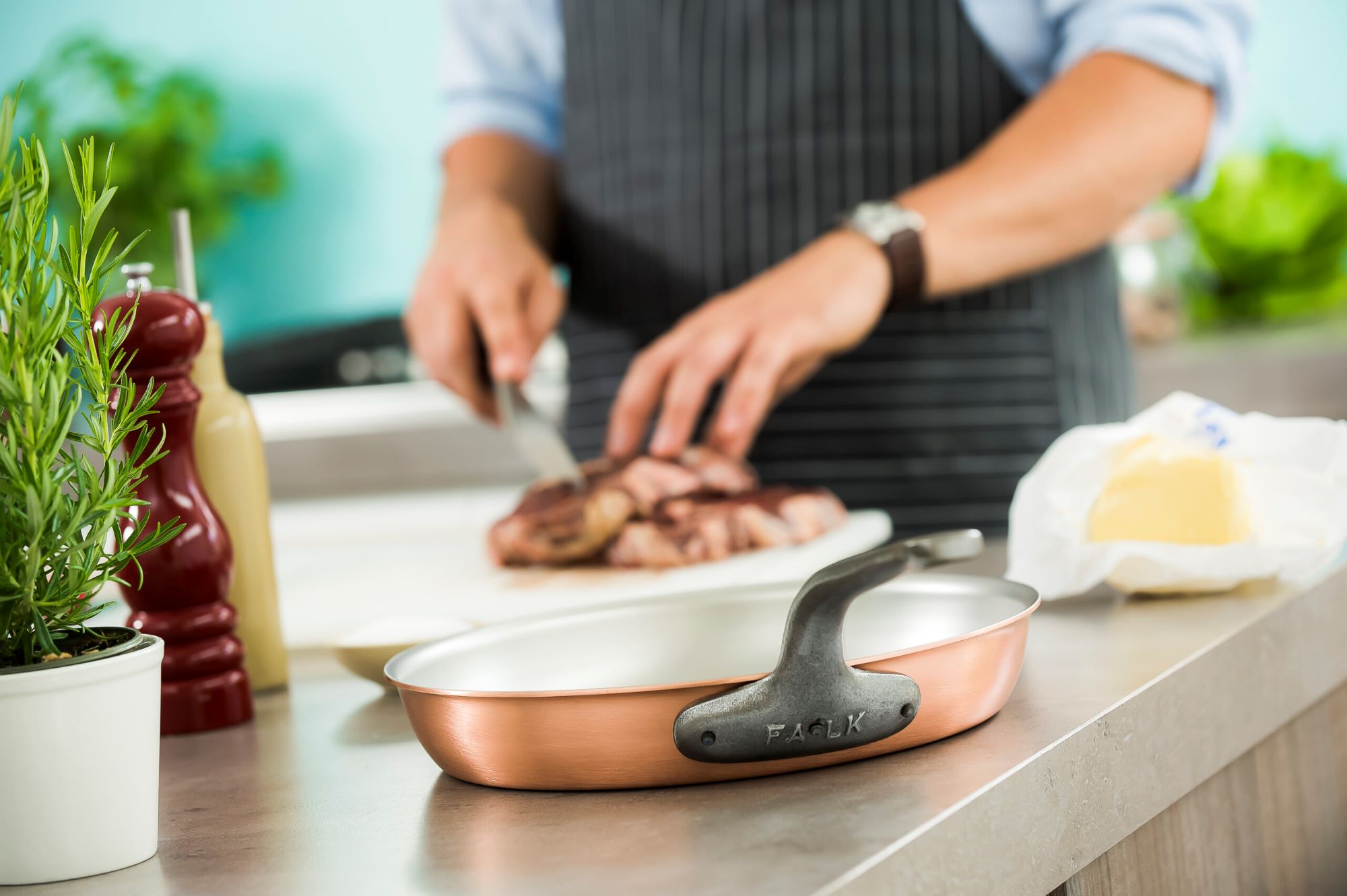Mastering the Art of Searing a Brisket
Brisket is a flavorful and versatile cut of meat that can be transformed into a mouthwatering dish when seared to perfection. Searing a brisket involves cooking it over high heat to create a caramelized crust on the outside while locking in the juices and flavors. Whether you’re a seasoned chef or a novice cook, mastering the art of searing a brisket will take your culinary skills to the next level.
Choosing the Right Brisket
Before you begin the searing process, it’s important to choose the right brisket. Look for a brisket that is well-marbled with fat, as this will contribute to the tenderness and flavor of the meat. Additionally, consider the size of the brisket and whether it will fit in your cooking vessel. A smaller brisket may be more manageable for beginners, while a larger brisket can feed a crowd.
Preparing the Brisket
Before searing the brisket, it’s essential to prepare the meat properly. Start by trimming any excess fat from the brisket, leaving a thin layer to enhance flavor and moisture. Season the brisket generously with salt and pepper to create a flavorful crust during the searing process. You can also add other seasonings such as garlic powder, onion powder, or paprika for additional depth of flavor.
Searing the Brisket
When it comes to searing the brisket, a hot skillet or grill is essential. Heat a heavy-bottomed skillet or grill over high heat until it is smoking hot. Place the seasoned brisket in the skillet or on the grill and let it sear undisturbed for several minutes. This will allow a caramelized crust to form on the bottom of the brisket, locking in the juices and creating a depth of flavor.
After a few minutes, carefully flip the brisket using tongs to sear the other side. Once both sides are seared to perfection, the brisket can be transferred to a roasting pan or slow cooker to finish cooking through low and slow. This will ensure a tender and juicy brisket that is bursting with flavor.
Resting and Serving
After the brisket has finished cooking, it’s important to allow it to rest before slicing and serving. Resting the brisket allows the juices to redistribute, resulting in a more tender and flavorful end product. Once the brisket has rested, slice it against the grain to ensure maximum tenderness and serve it with your favorite sides and sauces.
Experimenting with Flavors
While a classic salt and pepper seasoning is a timeless choice for searing a brisket, don’t be afraid to experiment with different flavors and seasonings. Consider adding a dry rub or marinade to the brisket before searing to infuse it with unique and delicious flavors. You can also brush the brisket with a tangy barbecue sauce during the searing process for a sweet and savory twist.
Additionally, you can incorporate aromatic ingredients such as garlic, onions, and herbs into the searing process to add complexity to the flavor profile of the brisket. The possibilities are endless when it comes to searing a brisket, so don’t be afraid to get creative in the kitchen.
Conclusion
Searing a brisket is a culinary technique that can elevate the flavor and texture of this beloved cut of meat. By choosing the right brisket, properly seasoning and searing it, and allowing it to rest before serving, you can create a mouthwatering brisket that will impress your family and friends. Whether you’re cooking for a special occasion or simply craving a delicious meal, mastering the art of searing a brisket is a skill that every home cook should have in their repertoire.
